Office Reopening Best Practices From NAIOP
The association has issued a guide to help building owners and employers ensure a safe return of staff to the workplace.
Enhancing workplace cleanliness, increasing personal space and improving air quality are among the best practices commercial real estate owners and building tenants should consider to ensure a safe return of their staff to the workplace in the wake of the COVID-19 shutdown, according to NAIOP’s newly released report.
READ ALSO: Financial Services Plans Gradual Return to the Office: Deloitte
The Navigating a Safe Return report from the NAIOP Research Foundation leans more heavily toward the building owners with six pages of information and guidance for operators, and two pages for employers and tenants. But both sections focus on immediate measures to improve building safety, drawing guidance from the U.S. Centers for Disease Control and Prevention, Cushman & Wakefield, JLL as well as insights provided by Gensler during a recent NAIOP webinar. NAIOP notes a future research brief will address longer-term implications of the COVID-19 outbreak for building operations.
Last week, the NAIOP Research Foundation issued its Office Space Demand Forecast for the second quarter that predicts the economic upheaval and high unemployment numbers will push U.S. office market absorption into negative territory for the next year through the second quarter of 2021, with perhaps the steepest declines coming in the third quarter of this year with a 16.3 million-square-foot drop. NAIOP expects absorption to increase in 2021, as the economy improves.
That report also noted employees would be putting a premium on workplace cleanliness, as well as personal space. So it’s not a surprise that cleaning and disinfecting would be high among the recommendations in the report, right after equipping and training staff with the proper usage and disposal of protective personal equipment, proper hand washing techniques and social distancing measures in accordance with the CDC and Occupational Safety and Health Administration guidelines.
NAIOP provides a link to more detailed CDC guidance in the report but notes building employees should be trained on protocols for general and enhanced cleaning, particularly for areas that are heavily used like gyms, locker rooms, conference rooms and restrooms. That training should include how to clean surfaces with government-approved disinfectants, time needed for proper disinfection and safe disposal of PPE and regular office waste.
The report calls for maintenance to inspect buildings prior to tenant reentry for any damage that might have occurred during vacancies. HVAC systems will be of particular importance and an air flush of the building should be done before reopening, to reduce pollutants and particulate matter in the interior spaces. The CDC advises maintenance staff to run the HVAC system for 48 to 72 hours before occupants return, to mitigate any potential mold exposure if it has not been active for a long period. Owners may consider retrofitting HVAC systems for improved humidity control and additional filtration as a longer-term measure.
Communication is key
Other tips for building owners and maintenance staff include using signs for the safest foot traffic routes within buildings, and working with tenants to identify the best areas for one-way traffic flows. Owners or property managers might need staff to manage safe spacing and access to elevators.
Communication with tenants will also be important as they return. Suggestions include soliciting input through emails, surveys and virtual suggestion boxes. Once employers develop protocols for their workers for reentry, “they must be communicated clearly and frequently to employees through emails, virtual meetings and virtual training,” according to the report.
NAIOP suggests employers consider returning workers in phases until the outbreak is no longer considered a major threat to public health, and most companies appear to be doing that. A new study from Deloitte’s Real Estate & Location Strategy practices found financial services institutions will take an extended period of time to bring employees back, with some companies planning for only about 40 percent to be in the offices as late as the third quarter of 2021. Part of that could be preparing for a possible second wave that might force them to close their offices again in the future. It also suggests rotating staff members’ time in the office to minimize exposure to each other. For those that will be in the office, interiors should be reconfigured to provide six feet of distance between them, as well as removing chairs from some desks or shared workstations. The report notes employers may consider consulting design and property management firms for guidance. Gensler has developed ReRun, a tool to help employers arrange seats under different occupancy scenarios. Cushman & Wakefield has developed a prototype for using carpet tiles, desk dividers and floor signage to create safe distances among workers.

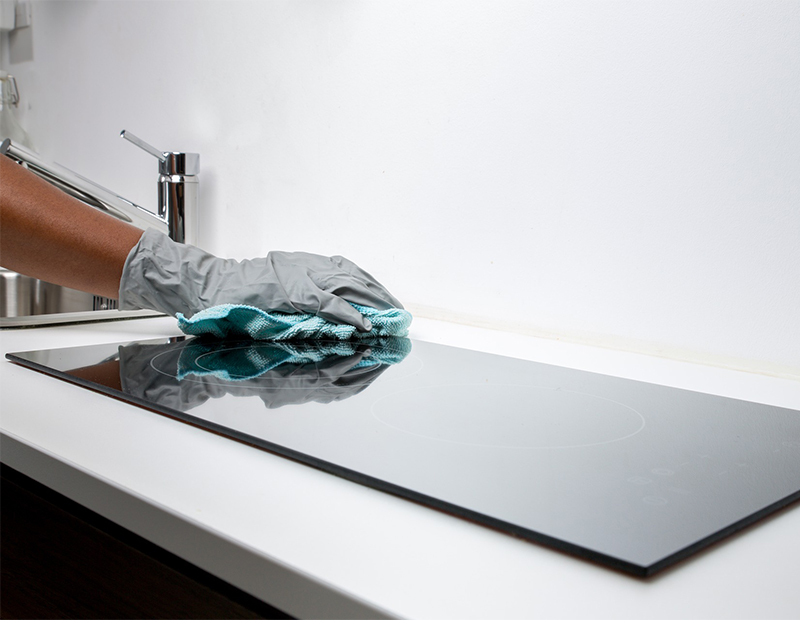
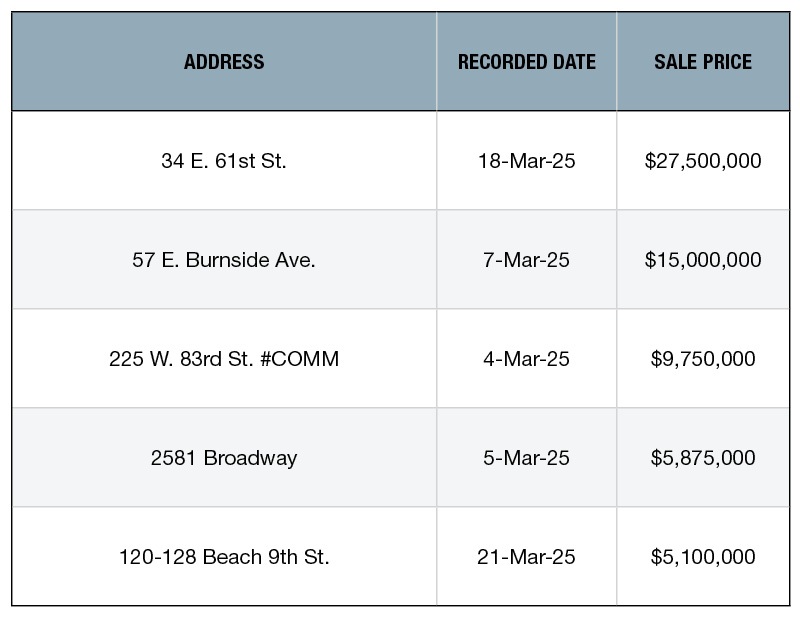

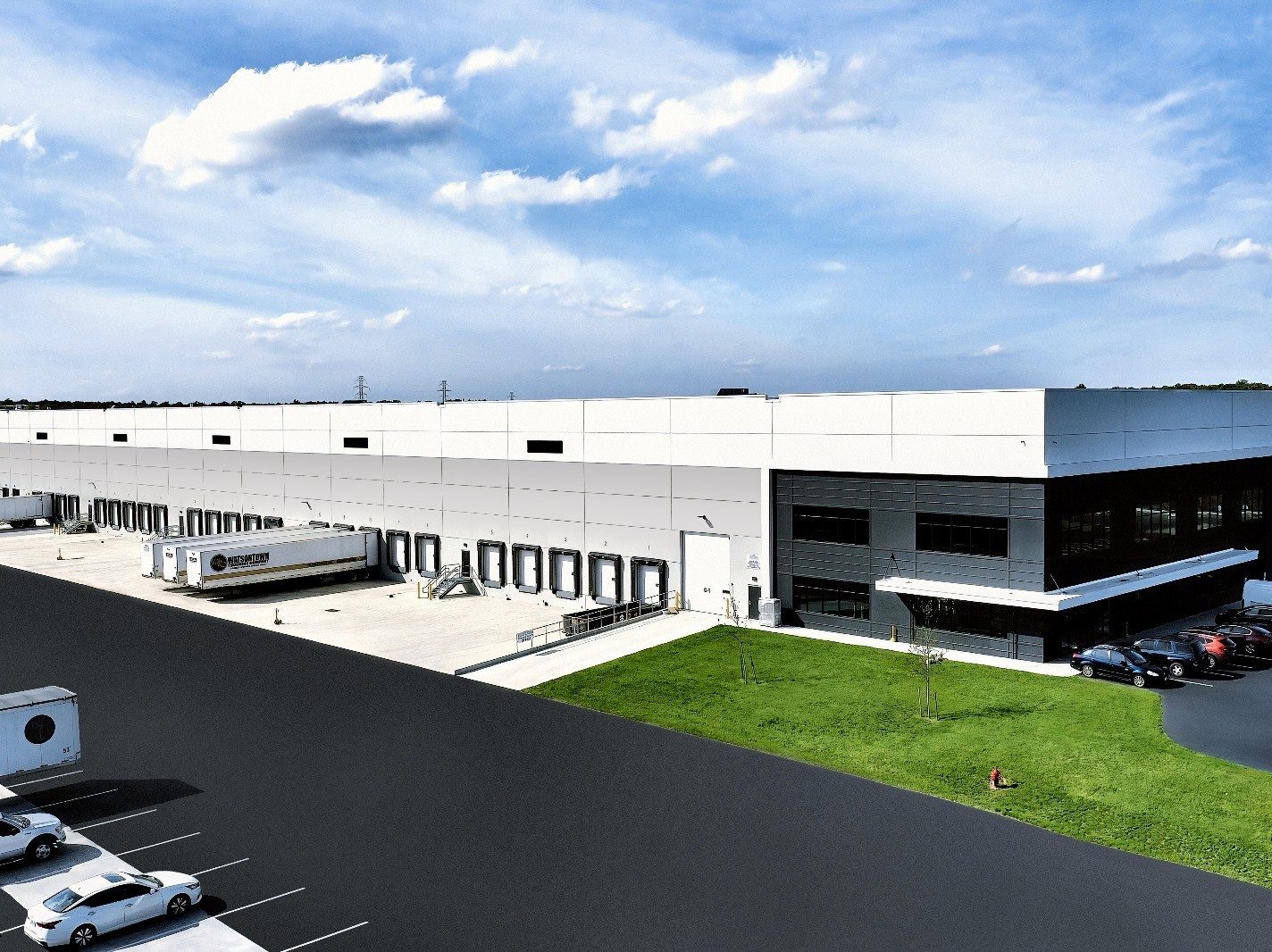
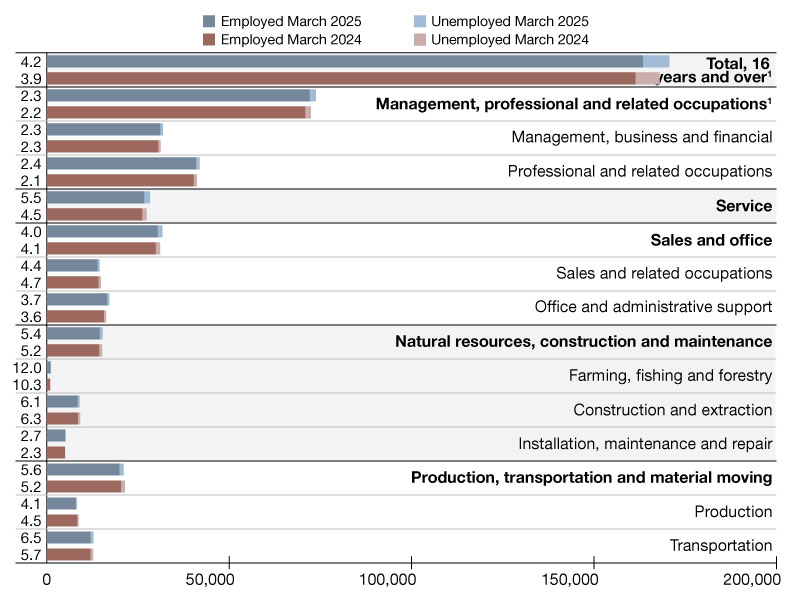
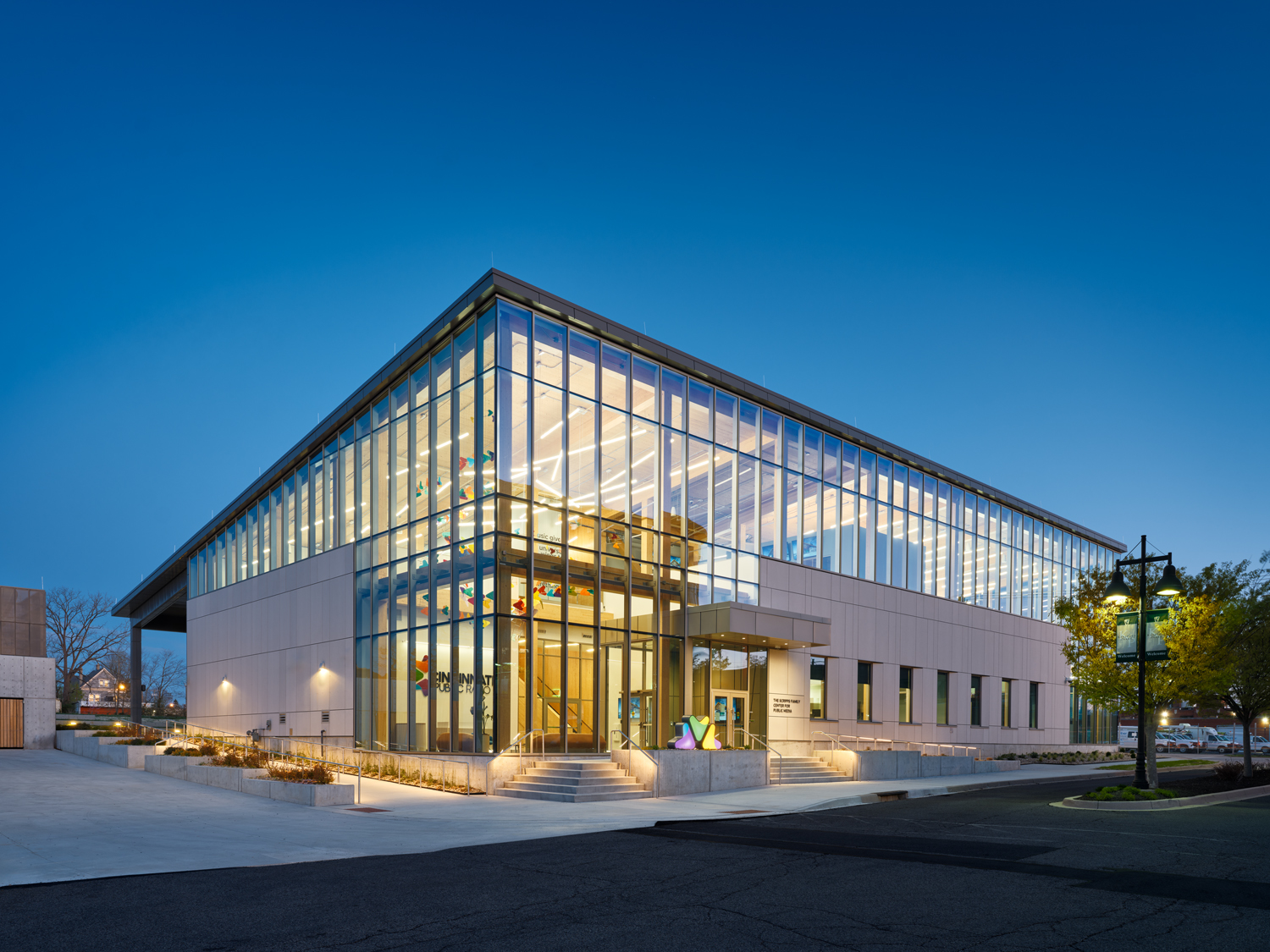
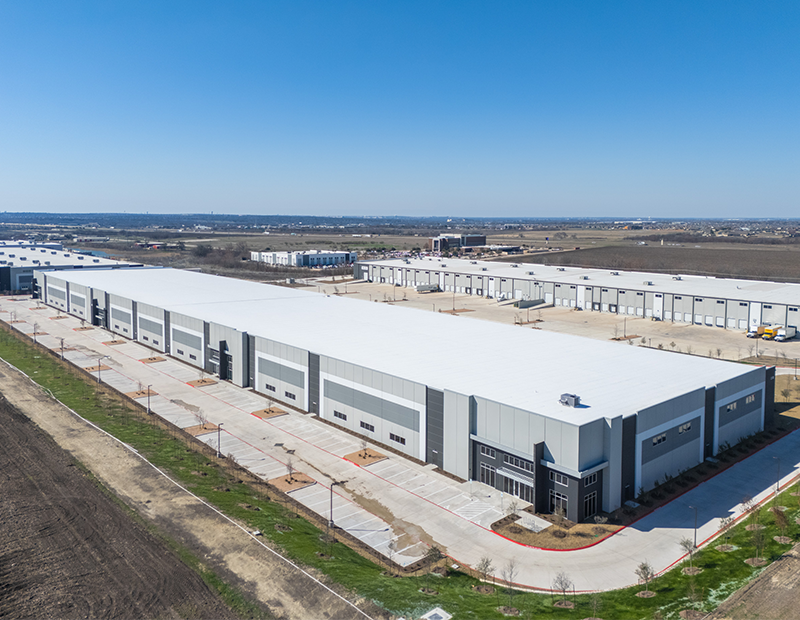
You must be logged in to post a comment.